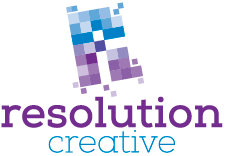Understanding icons and symbols
Keeping it Simple
Almost every day we rely upon universal symbols; to enter the correct bathroom, to find an elevator, to be aware of what is and is not allowed. Online and in mobile design, we look for icons for email links, to download a file, to print information.
Creating a simple symbol that can communicate information at a glance takes skill and the ability to reduce an illustration to basic shapes and elements. Your eye quickly scans a basic shape, and your brain then processes the meaning. The more weight in an icon, the easier it is to recognize. A recent blog post by Aubrey Johnson discusses how “hollow” icons, or line drawings, are more work for the user and take longer to understand.
If your symbols are used within a specific industry, there may be greater difficulty communicating Architectural Signs Associates have put together an online quiz to test your knowledge of what healthcare symbols represent. When you take the quiz, determine if these icons communicated effectively.
To graphically represent a concept or object, the designer must understand the communication and have the ability to reduce it to a very basic level.This ability is also applied to logo design. In the Computer Illustration class I teach at Waubonsee, an assignment I give my students is to create symbols just using basic shapes. This helps them to learn how to simplify an illustration, yet still create something recognizable.
The ability to analyze a problem and developing a visual solution are essential skills in graphic design. Do you need help visually communicating to your audience? Contact Resolution Creative for discuss a solution.


